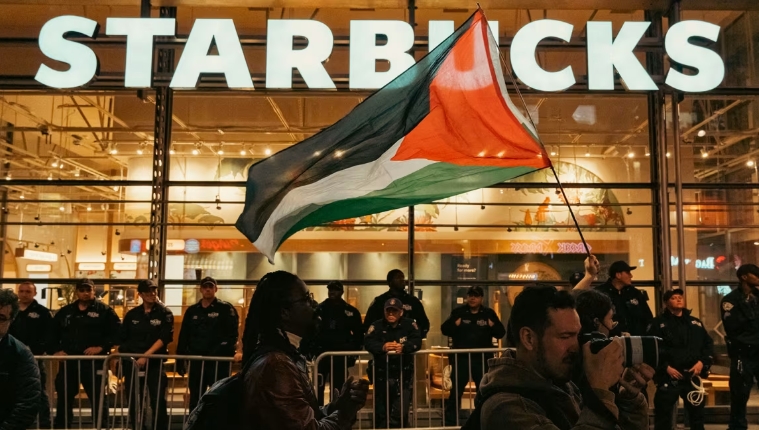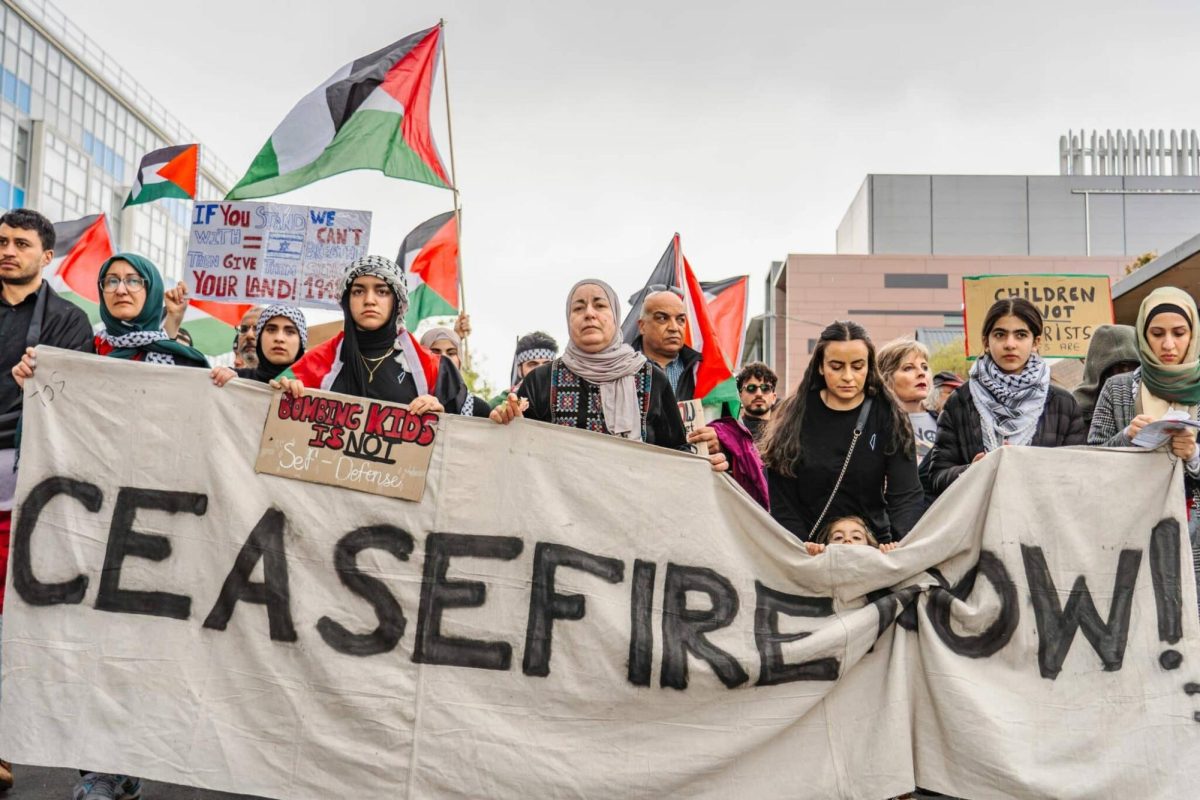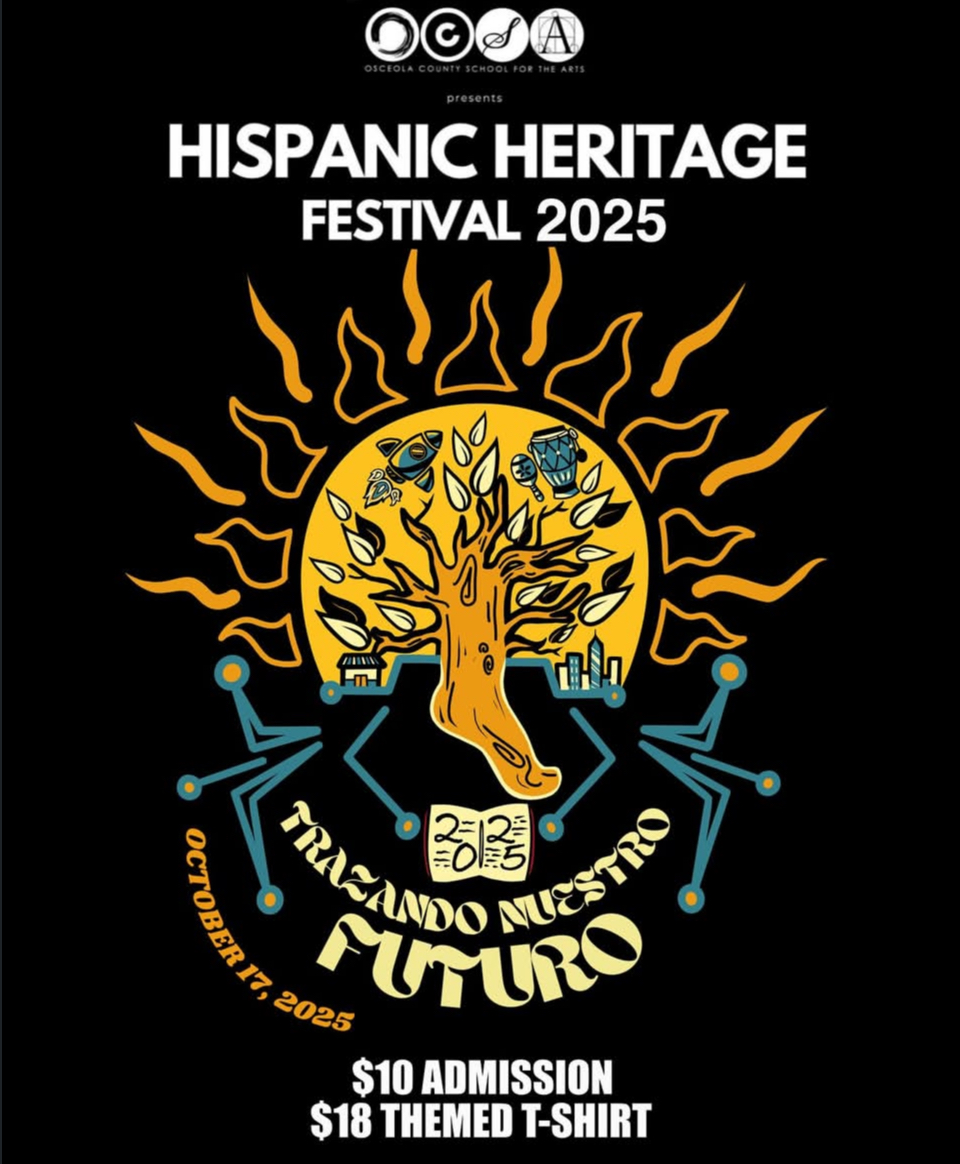On Thursday, September 25, Starbucks announced that over 400 stores will be closing due to their inability to meet customer expectations according to CEO, Brian Niccol. An overwhelming number of these Starbucks stores were located in major cities, leaving over 800 workers unemployed.
New York City had the most closures of all cities listed, with Los Angeles and Chicago falling closely behind. Within these population hubs, there have been varying alleged impacts on what caused the mass shut down, like rising prices, union protests, and boycotts.
Employees from various locations staged a strike in December, coinciding with one of the busiest times of the year. There has been a rise of global consumer activism, especially in correlation to the Israeli – Palestinian conflict.
Niccol asserts that the reason for closures were due to lack of customer service, claiming that the stores must return to being a “third place” between home and work for customers (CNN).
There is relevance, however, to the fact that most stores closed were within large population hubs.
These cities are centers of activism due to their large and diverse populations. The UAW Labor for Palestine and NYC Labor for Palestine groups both represented in the October 18th, No Kings Protest, which had over 100,000 people in attendance.
Even before the store’s closures, in June 2025, Starbucks was already facing reports of loss of stock value, store closures, and vandalism.
As Starbucks CEO Brian Niccol moves forward with his $1 billion restructuring plan, we will continue to see the ways customer activism and consumerism affect the future of this company.







